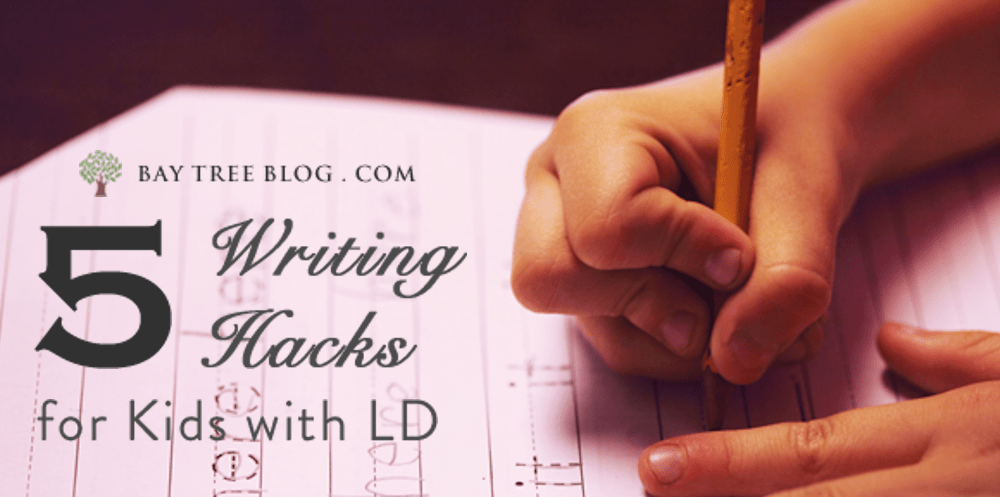Introduction
Earlier this year, our local group of educational therapists hosted Dr. Adena Young. Dr. Young is a school and educational psychologist with a private practice in Oakland, California. She works one-on-one with students, provides neuropsychological evaluations, and consults with teachers and schools.

Dr. Young spoke compellingly about how to support children who are struggling with problems common in learning math. Her two-hour presentation just flew by. So I knew I had to interview her for Bay Tree Blog.
Dr. Young and I sat down earlier this summer to talk about math. I’ve synthesized our interview, which is full of take-home, practical suggestions. I’ve paraphrased in some places for brevity and clarity, and you’ll find her direct quotations in quotation marks. The photos, captions, and formatting were all added by me.
Continue reading “Teaching Math to Students with LD and ADHD: Interview with Adena Young, Ph.D.”







